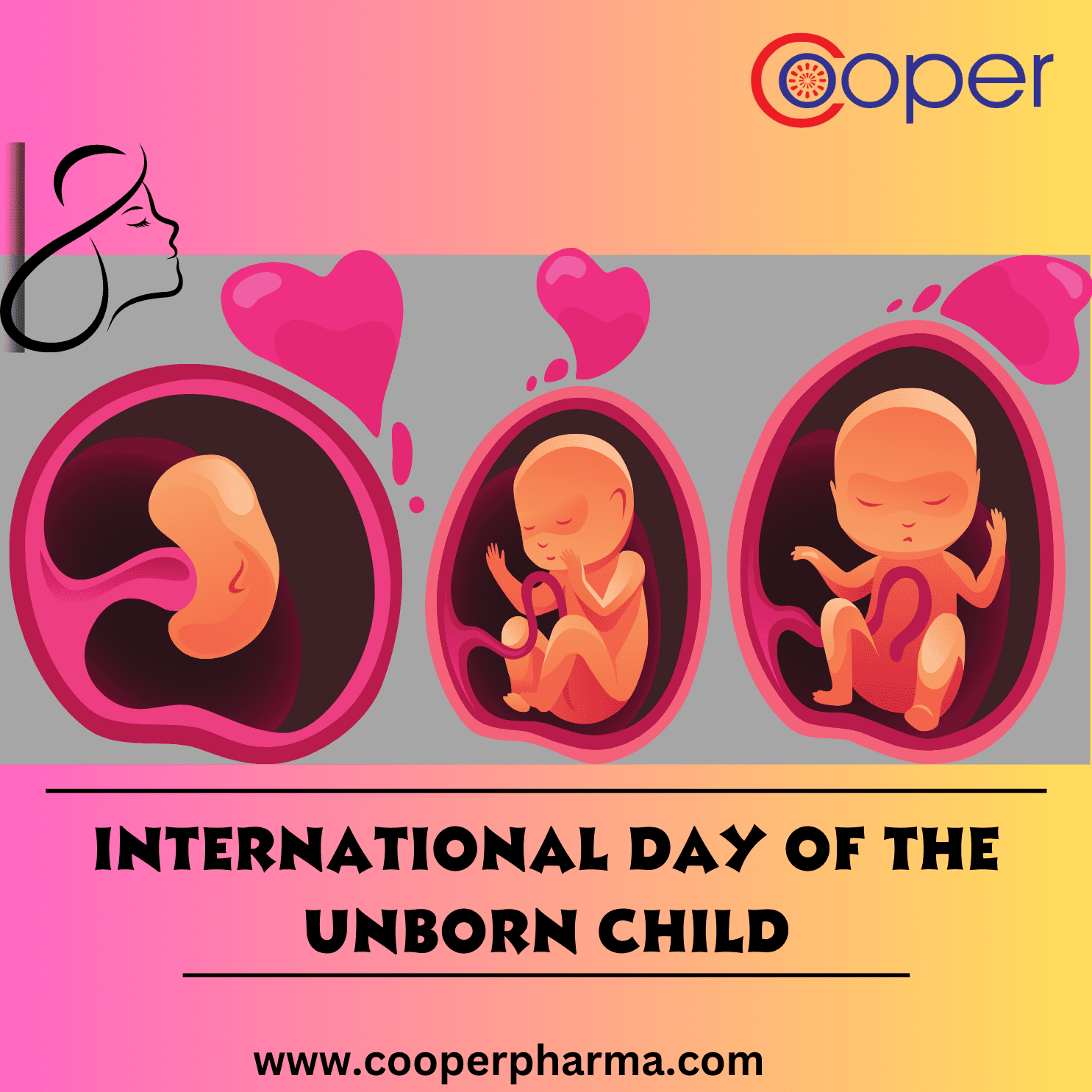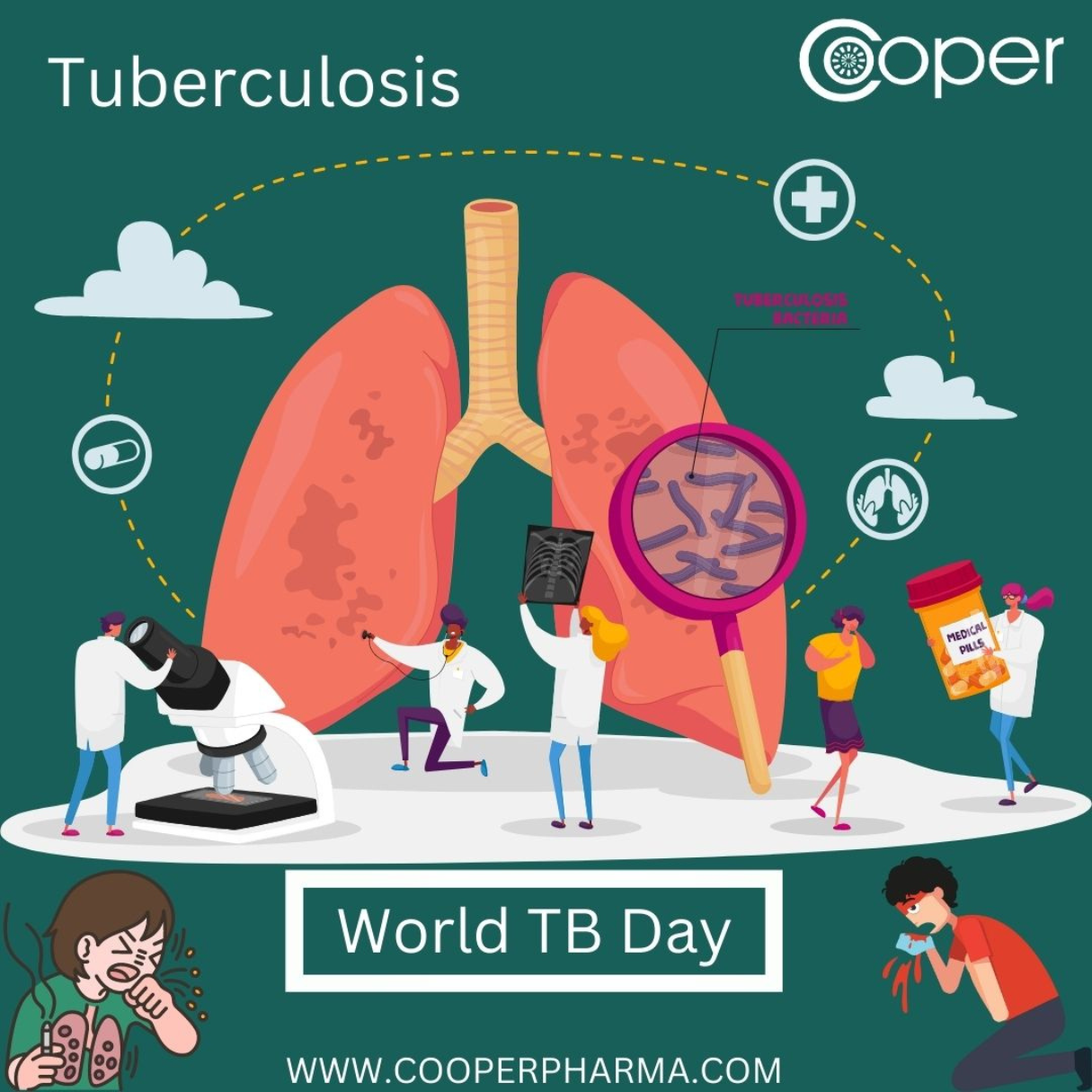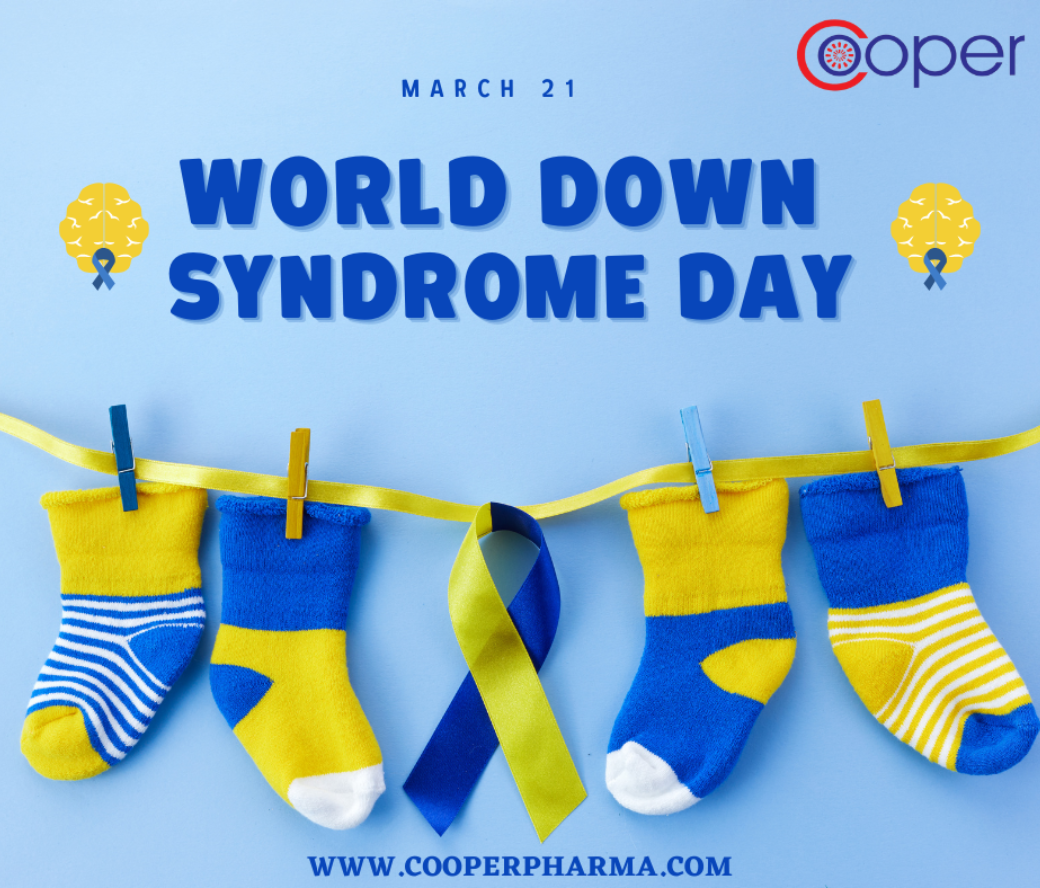Testosterone Therapy Showing Protective Effects in Women
Recent Blog
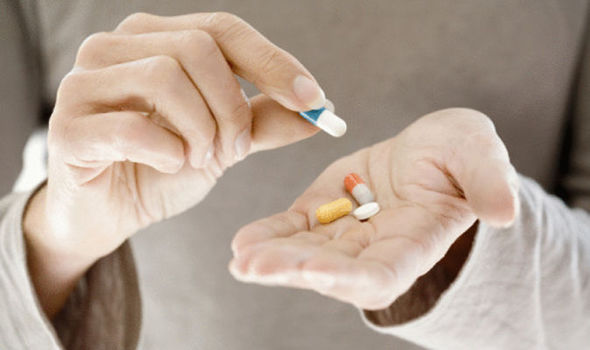
Testosterone Therapy Showing Protective Effects in Women
Date:- 2018-04-30 00:00:00
The confusion arises about the use of hormones in pre and post menopausal women. Studies also have proven that increased risk of breast cancer in women appears when two female hormones (estrogen and progesterone) become halted. Hormone replacement therapy (HRT) becomes useful to overcome the symptoms related to it. Testosterone replacement therapy is used in women at its peak level. Testosterone is produced by the testicles in males and by the ovaries in females, with small amounts also produced by the adrenal glands in both genders. Testosterone is also the precursor of estradiol ( a female hormone) in men and women. A drop in testosterone level that often occurs with age. Testosterone is an important component of sexual desire. Low testosterone level results in declining libido is a common symptom in men. Men with this condition may be treated with testosterone therapy to relieve its associated symptoms. However, it’s true that men produce far more testosterone than women do. As women get older, their testosterone levels decline too. Therefore, women are also interested in taking testosterone, not only to improve their sex drive but also to improve their muscle strength, bone density, mood and other possible benefits are also included in testosterone therapy. Signs of low testosterone-related symptoms occur in women.
1. Hypoactive Sexual Desire Disorder (HSDD() with low libido
2. Decreased muscle strength
3. Fatigue (lack of energy)
4. Bone weakness
5. Weight gain
6. Loss of mental focus and mood
Many women use testosterone therapy to overcome low testosterone symptoms. Women are also taking this hormone therapy to treat menopause symptoms which often results in increasing sexual desire and pleasure compared with a placebo. We cannot say that testosterone is safe long-term in women but its benefits strengthen bones, improve muscle strength, better mental focus and mood. Testosterone therapy results in significant improvement in the quality of life for the majority of women and its effects inclusion of testosterone in post menopausal hormone replacement regimens become common in women and is likely to become more widespread with the availability of its positive effects seen in women. Other novels and potential indications for testosterone therapy in women are being evaluated. These include use in women with premenopausal androgen deficiency symptoms, premature ovarian failure, postmenopausal and glucocorticosteroid- related bone loss and of premenstrual syndrome. The aim of this commentary is to create awareness for the testosterone use in women and its therapeutic positive effects are an important aspect of women’s health.
Statistical data indicates that more than 8-15% of all females develop clinical depression after menopause and requiring anti-depressant therapy to control symptoms. Women who have a stressful lifestyle or indulge in family-related psychiatric issues have more chances to develop depression after menopause. Post menopause results in biochemical imbalance are noticed due to substantial lack of hormones estrogen, progesterone and testosterone found in women. To overcome this issue, bio-identical hormone replacement therapy is designed to improve the balance of your primary hormones that have developed over the years and is based on your body’s needs. Reduced levels of estrogen, testosterone and/or progesterone are restored so that your overall health is revived. This may offer life-enhancing results such as:
1. Improved sense of well being
2. Increased mental and physical energy
3. Decreased levels of depression and anxiety
4. Improved sleep quality
5. Improved sex drive and sexual performance
6. Increased muscle tone
7. Decreased body fat
8. Lower blood pressure and cholesterol
Women make about 5-10% of testosterone showing not to have the strong masculinizing effect seen in men but have significant effects on libido, sexual health, mood, and bone health. Testosterone is produced by the ovaries and adrenal glands of women at its peak around 20 years of age and then there is a steady decline until at aged 40 and women produce about half of its quantity as much. The levels remain stable across the menopausal transition and then either remain stable or continue to decline with diminishing adrenal androgen production with increasing age.
Testosterone is as important for women as estrogen and progesterone is, it is essential for a women’s physical and mental well being. FDA approved testosterone therapy is clearly defined by biochemical tests of blood testosterone levels and LH (Luteinizing Hormone) levels. However, testosterone therapy can have protective effects on dementia, diabetes, obesity, cardiovascular disease, prostate health, mental health and sexual function. Postmenopausal women who use hormone replacement therapy are less likely to develop the devastating neurological disorder. The protective effect of hormone therapy may depend on its timimg. It might be beneficial if initiated at the time of menopause when neurons are healthy and responsive. Alzheimer's disease is the most common form of dementia. Receptors of testosterone are located all through the body including the heart, bones and brain.
HORMONE THERAPY IN POST MENOPAUSAL WOMEN
Menopause can cause symptoms result from the changing hormone levels during the menopause transition. To help relieve these symptoms, some women use hormones. This is called hormone therapy (HT) which includes estrogen alone or in combination with progestin. HT is available orally or in gel formulations made by specialized compounding pharmacies.
Estrogen is a hormone used to relieve the symptoms of menopause. Estrogen alone (E) may be used by a woman whose uterus has been removed. But a woman who still has a uterus must add progesterone or a progestin (synthetic progesterone) along with the estrogen (E+P). This combination lowers the chance of an unwanted thickening of the lining of the uterus and reduces the risk of cancer of the uterus, an uncommon, but possible result of using estrogen alone. Hormone therapy in women may be oral or transdermal, even if no androgens will be included in this study and only oral delivery forms were used. Many physicians stopped prescribing hormone therapy (HT) even for women who had dramatic improvements in their quality of life while using it. Experts today don't recommend hormone therapy unless a woman suffers difficult menopause symptoms.
Emerging data on the use of androgens (testosterone and DHEA) alone or in combination with HT are showing that there may be potential benefits of these hormones in women with androgen deficiency and sexual dysfunction. Androgens are also precursors of all estrogens (estrone (E1), estradiol (E2), and estradiol (E3)) in women's bodies. The primary and most well-known androgen is testosterone (which aromatizes into estradiol), other less important androgens are dihydrotestosterone (DHEA) and androstenedione. Androgens are directly secreted by the ovaries and adrenals in women. Causes of androgen insufficiency in women can have ovarian, adrenal, hypothalamic-pituitary, drug-related, and unknown origins.
There is increasing evidence to suggest that many postmenopausal women experience symptoms alleviated by androgen therapy and that such symptoms may be caused by androgen deficiency. Testosterone therapy is systemic and needs to be applied over a period of time to have visible effects in women. The question of whether adding testosterone therapy to conventional postmenopausal HT is effective or safe is unresolved. The addition of testosterone to HT regimens improved sexual function scores and number of satisfying sexual episodes for postmenopausal women. The discontinuation rate was not significantly greater with the addition of testosterone therapy.

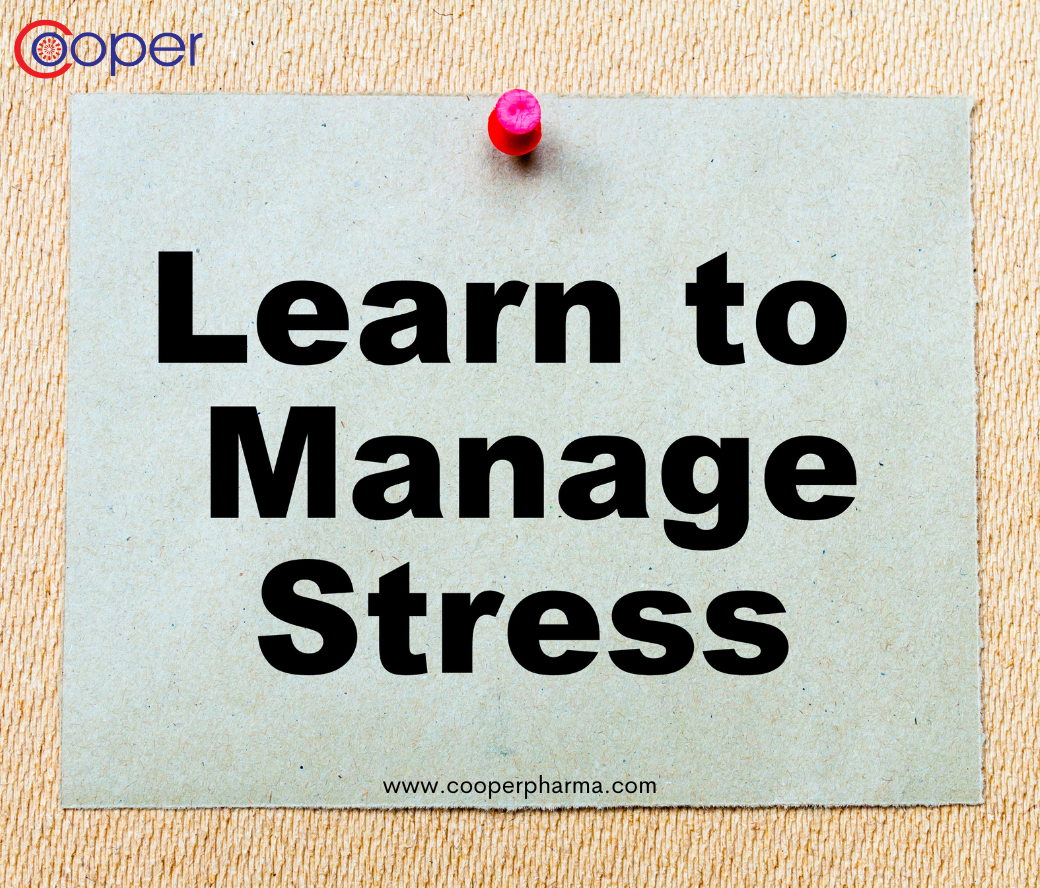
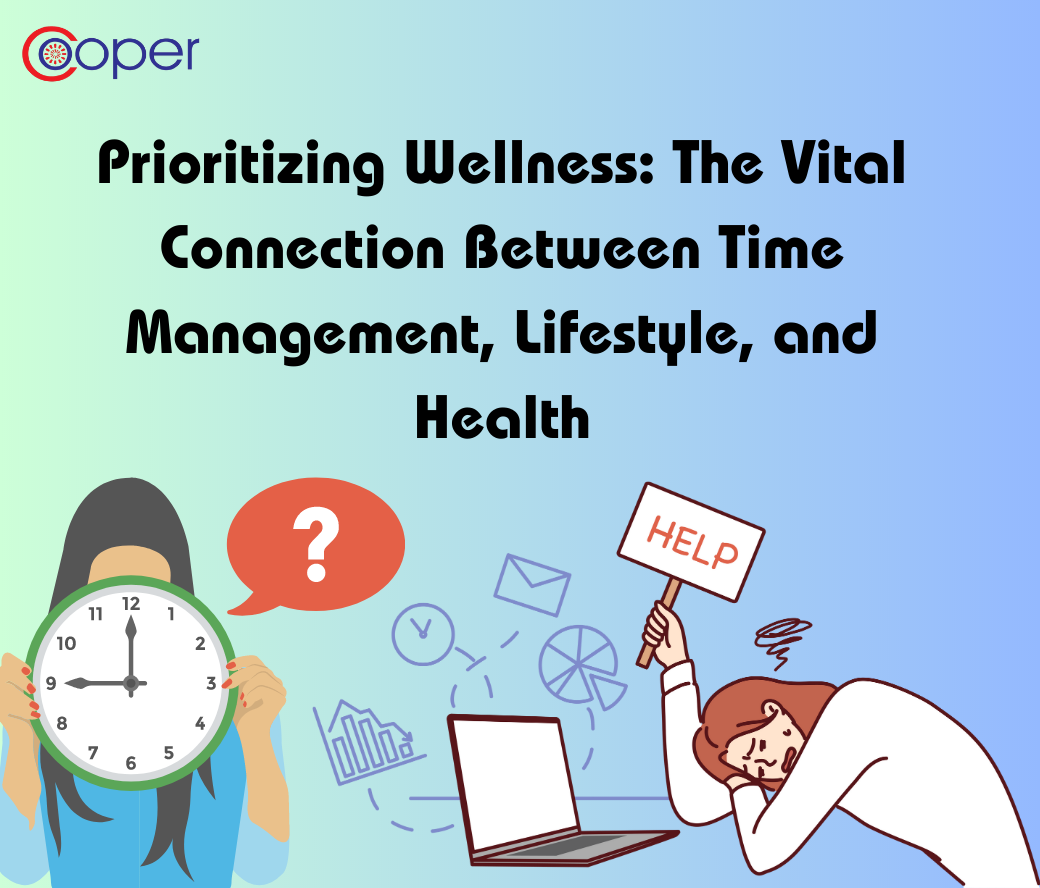
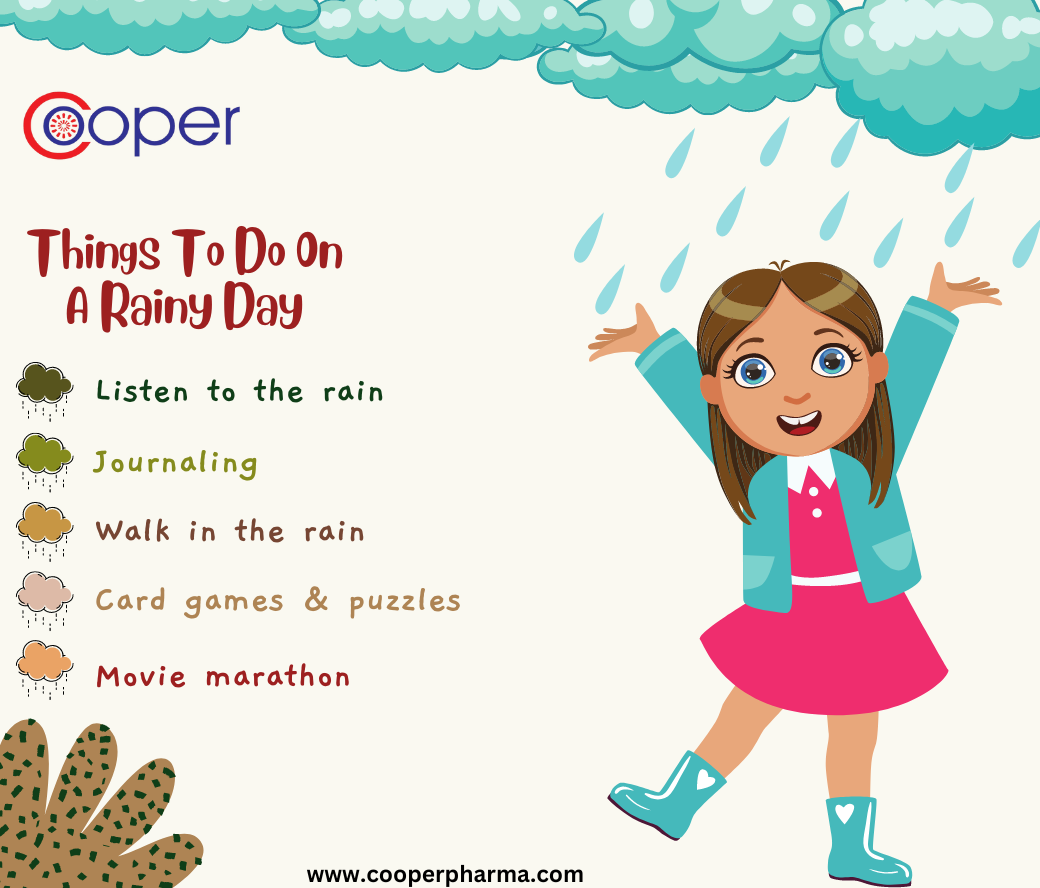
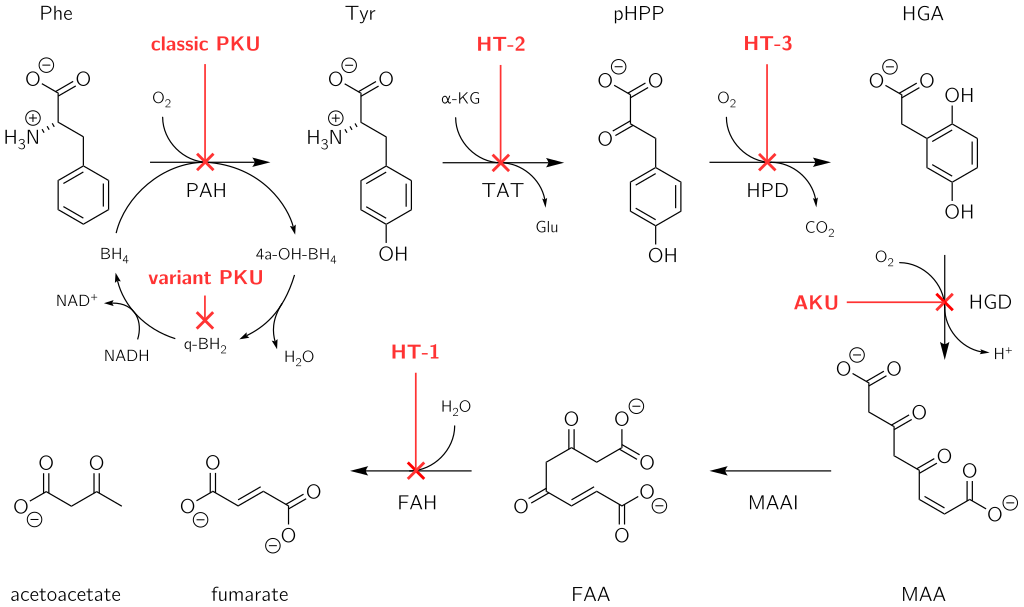

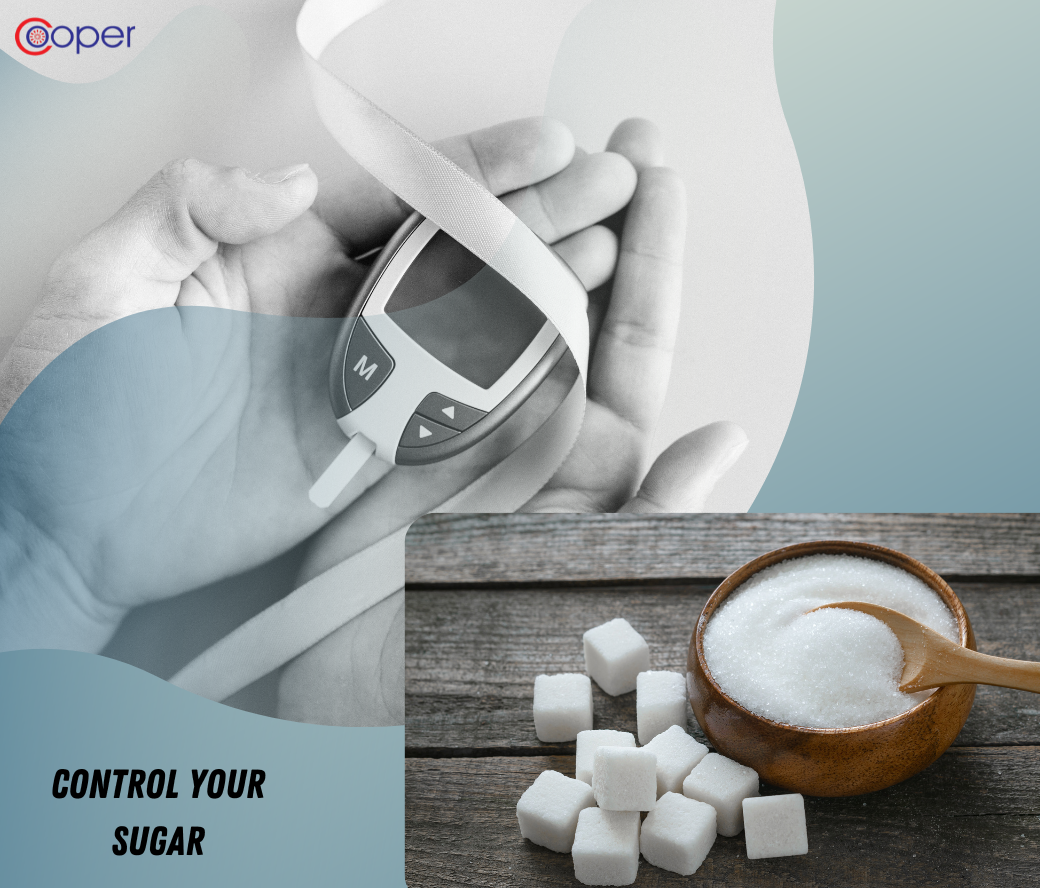

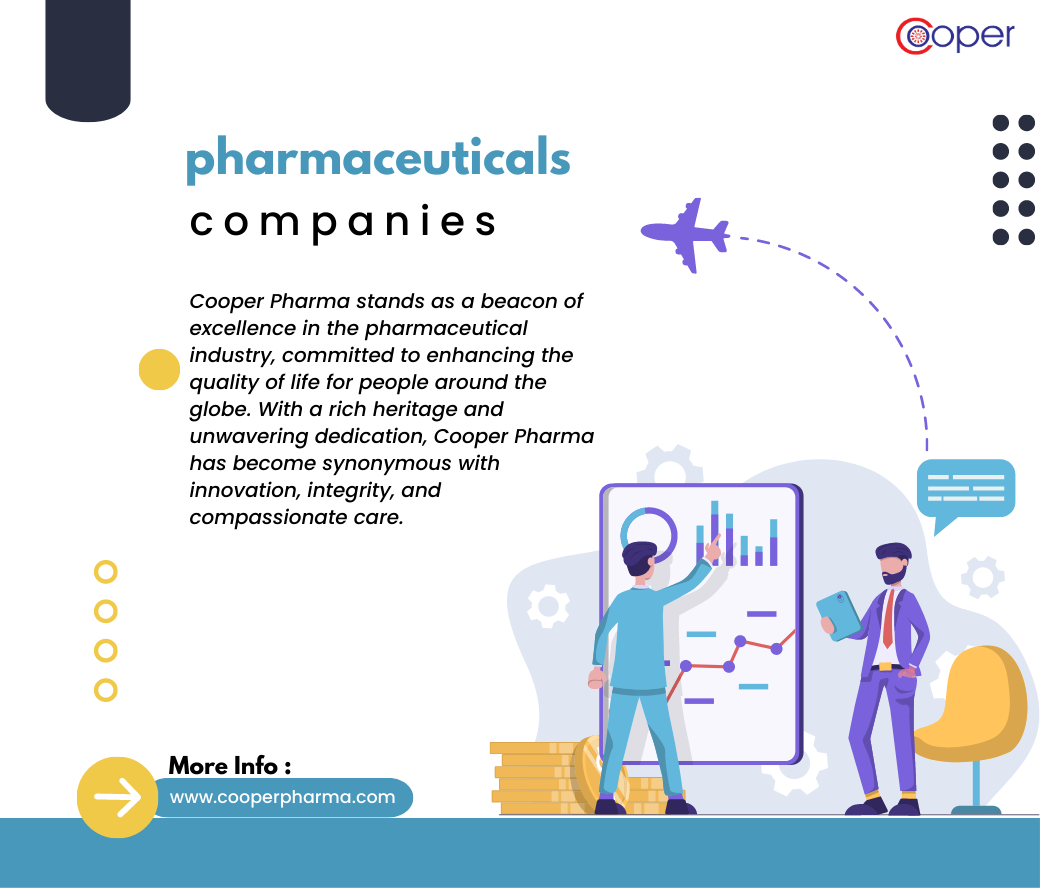
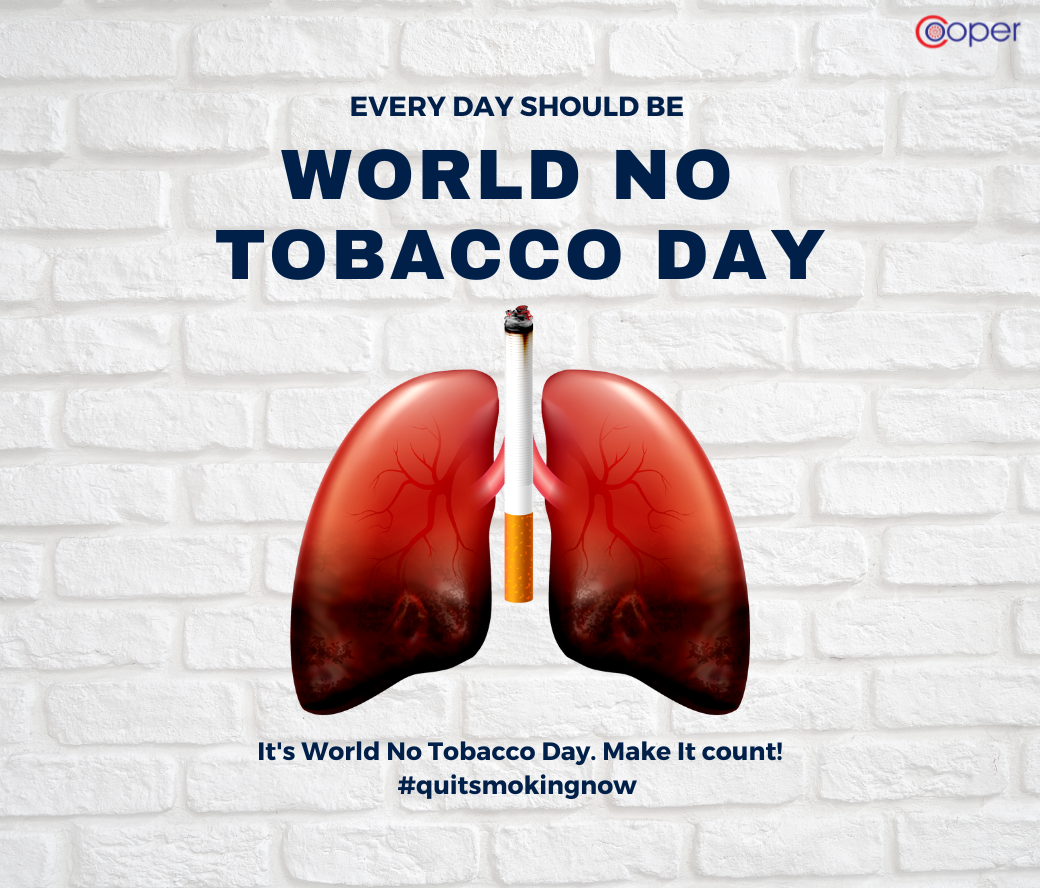
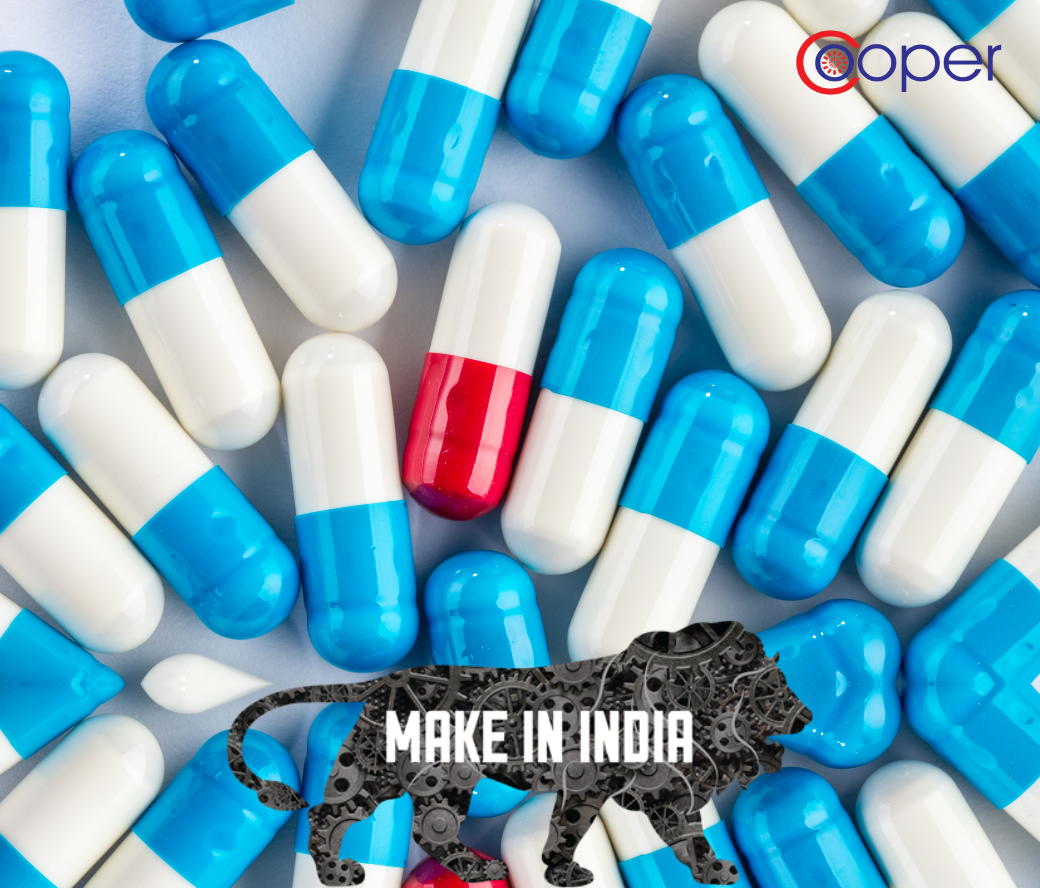
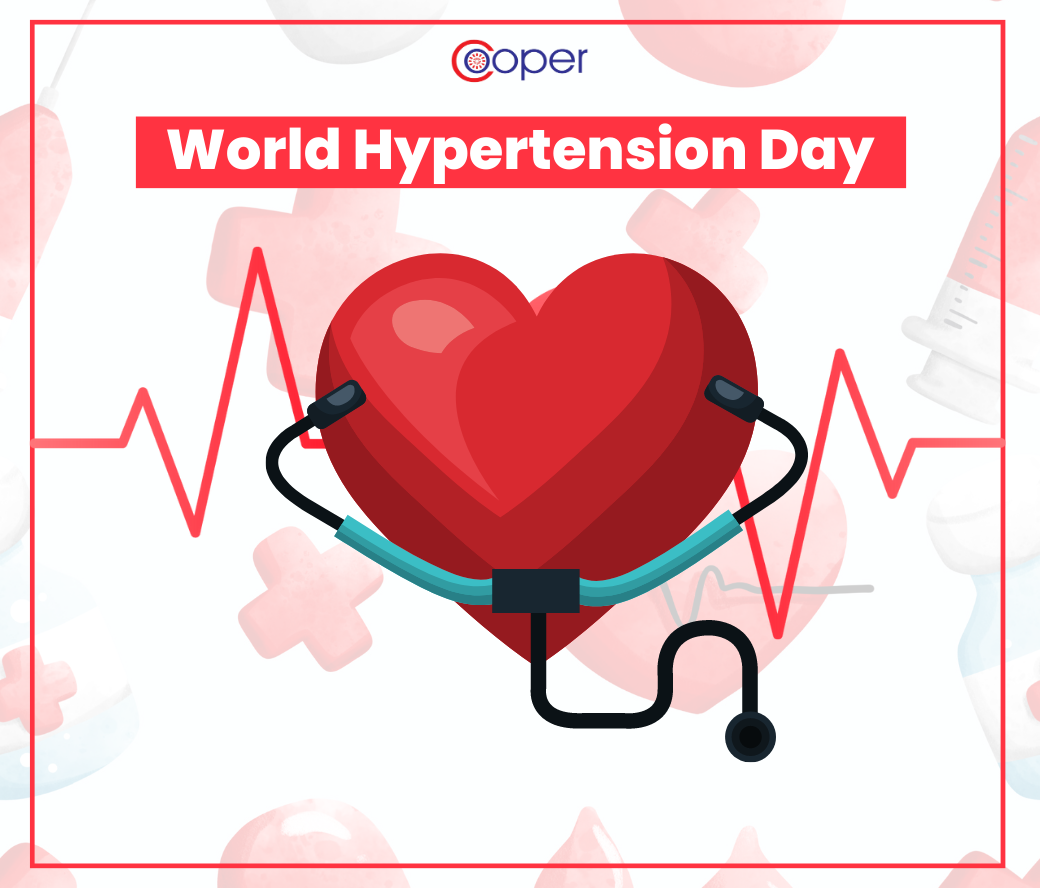
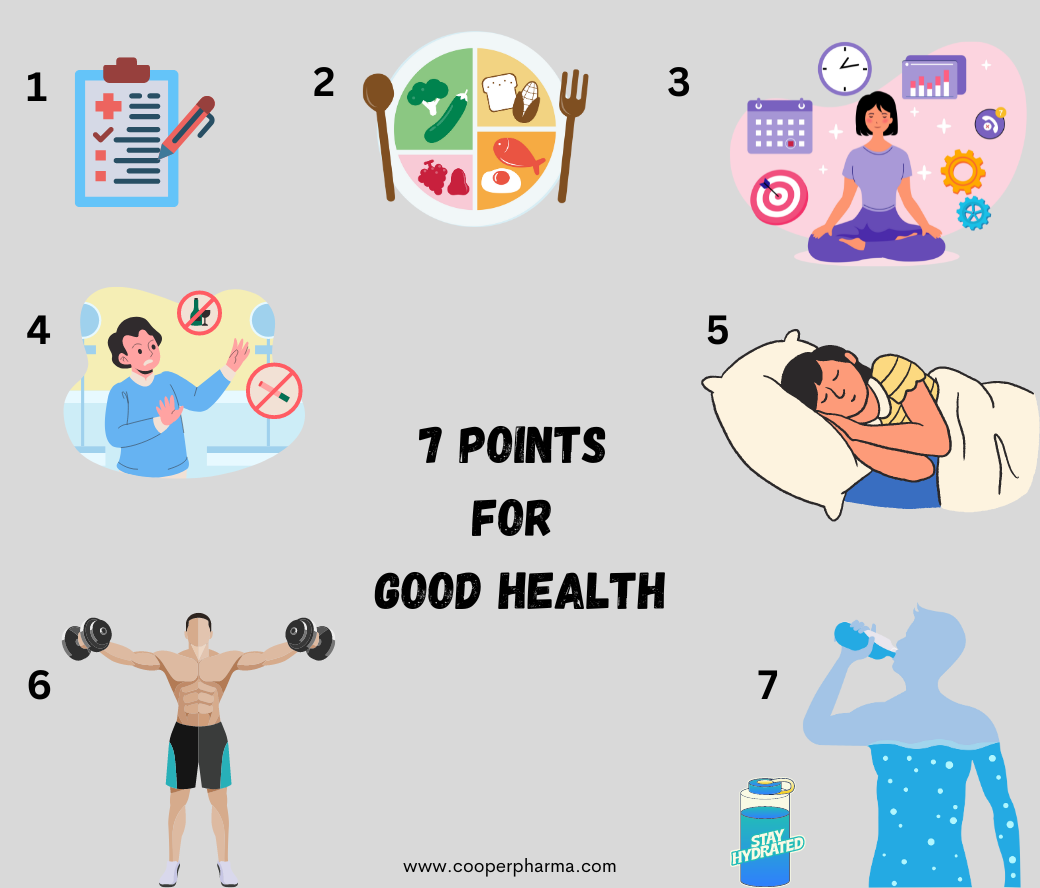
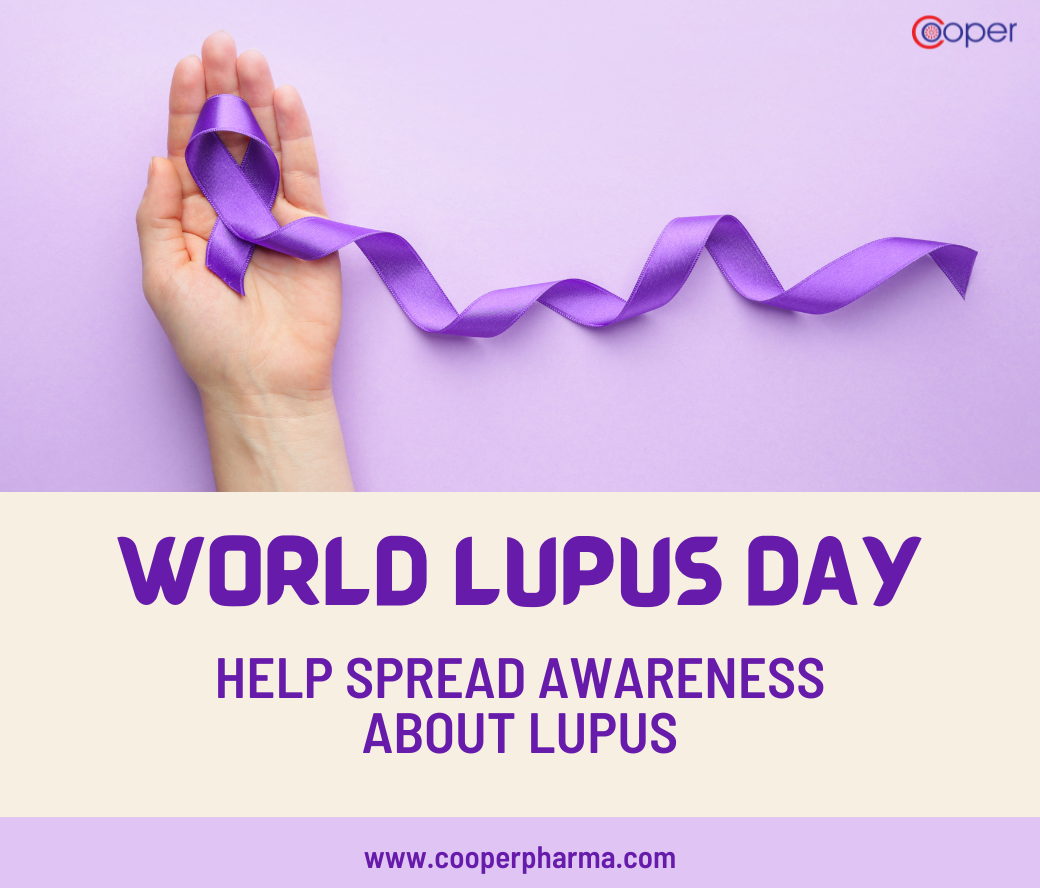
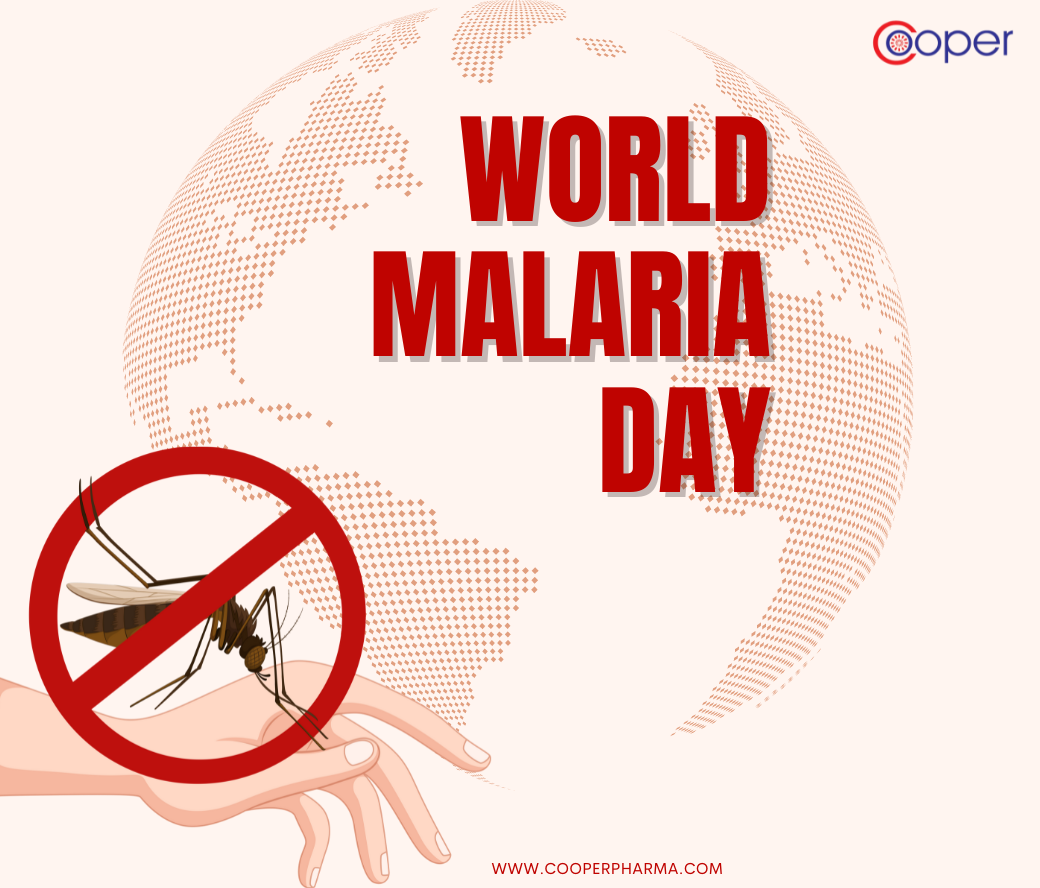

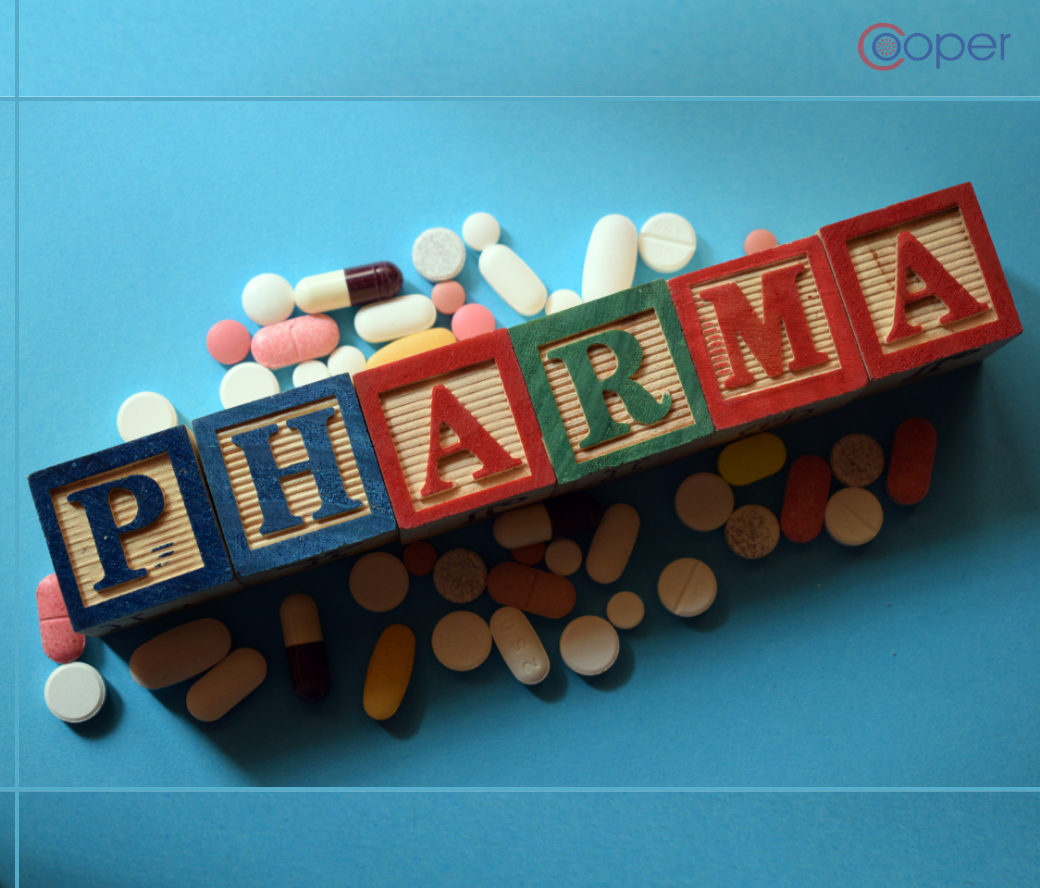
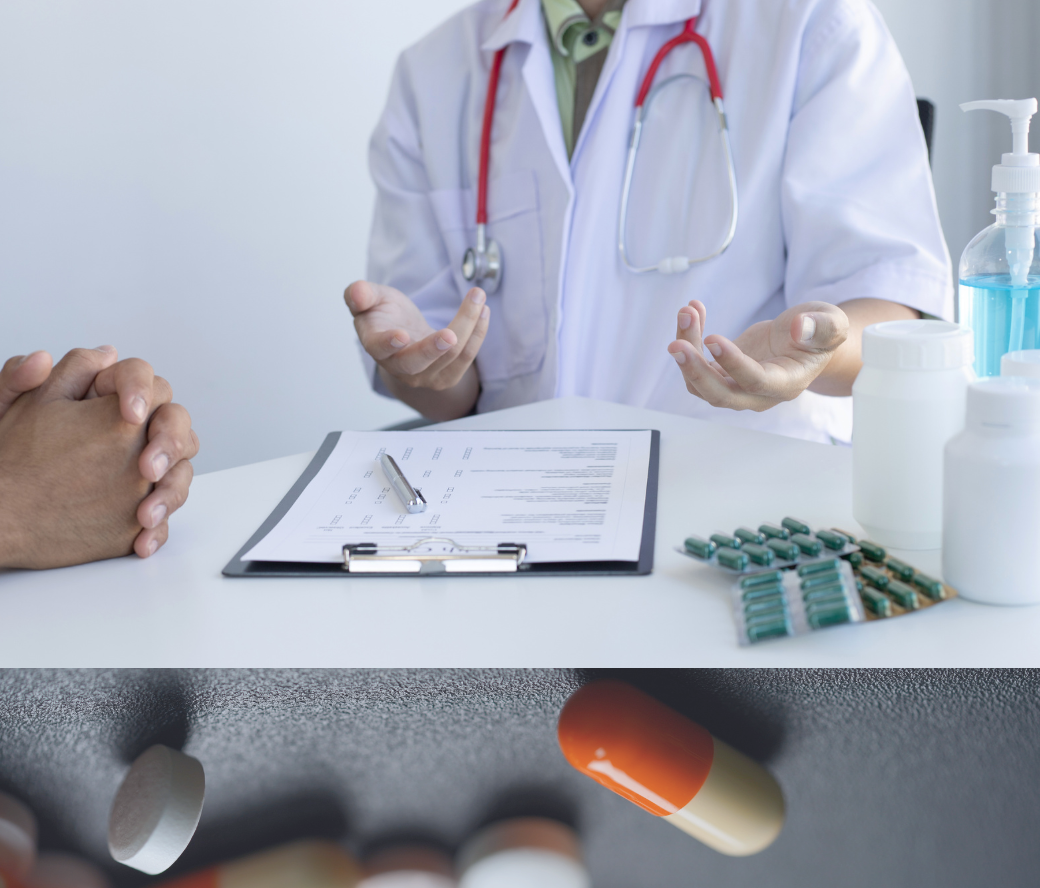
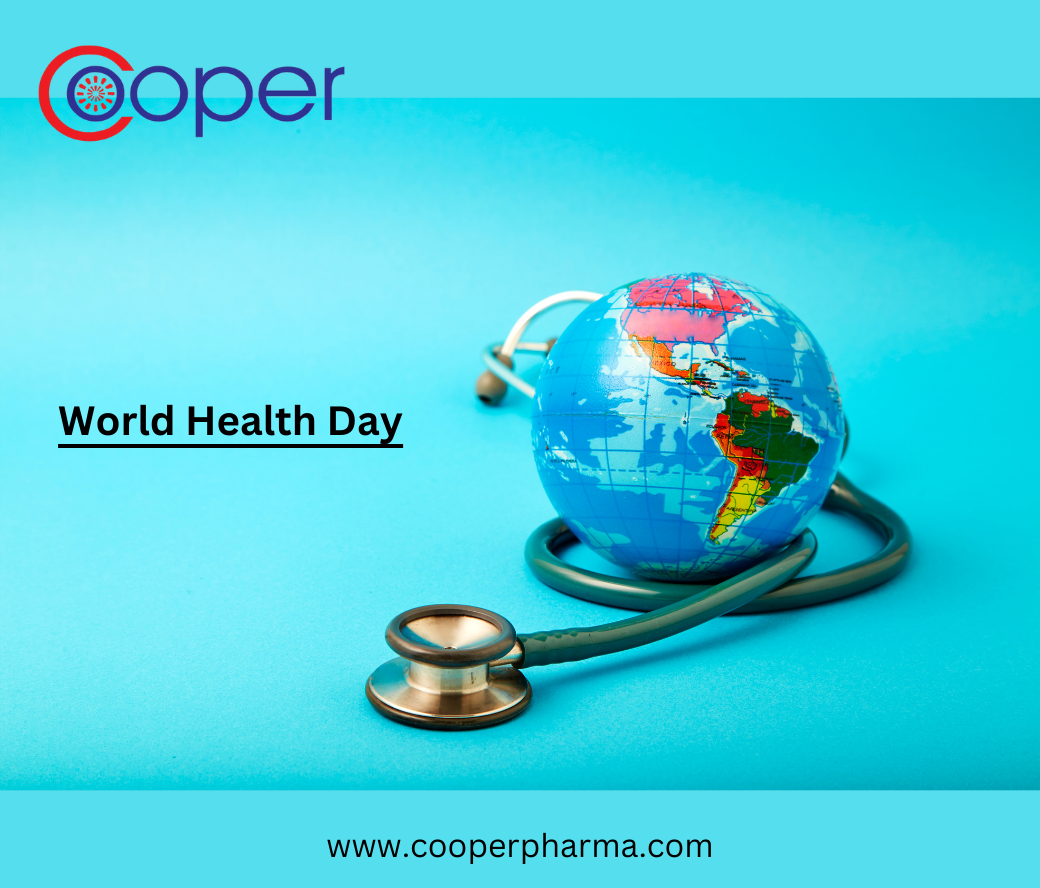
.png)
